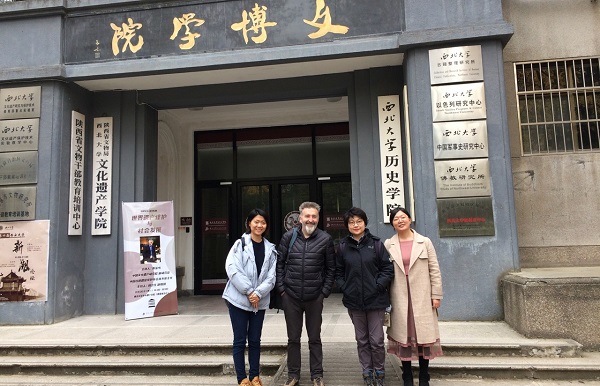
After several weeks in Shanghai, spent writing, lecturing and discussing labs and potential projects, I headed northeast and inland to Xi’an where I visited colleagues in the large Department of Archaeology, School of Cultural Heritage, Conservation and Restoration at Northwest University.
Archaeology at Northwest University has a long and distinguished pedigree, demonstrated by their multitude of fieldwork projects, excellent facilities, access to amazing collections and material, a large faculty and high numbers of undergraduate and postgraduate students.
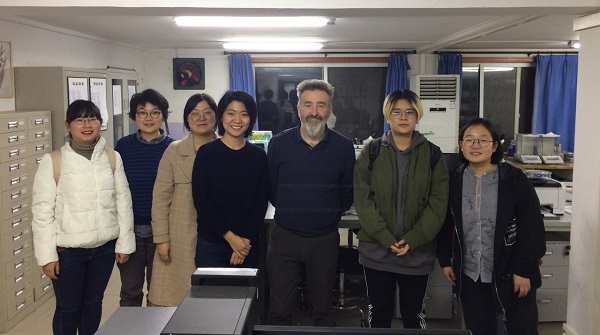
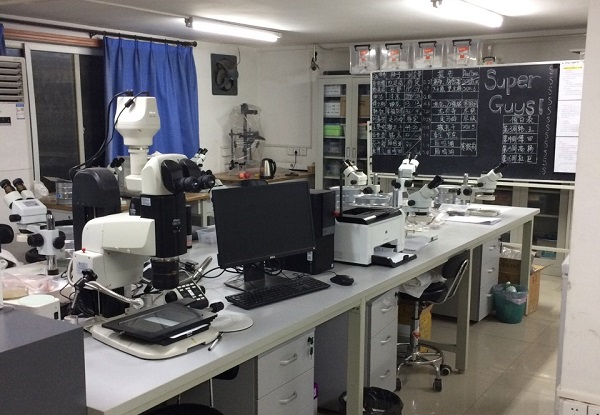
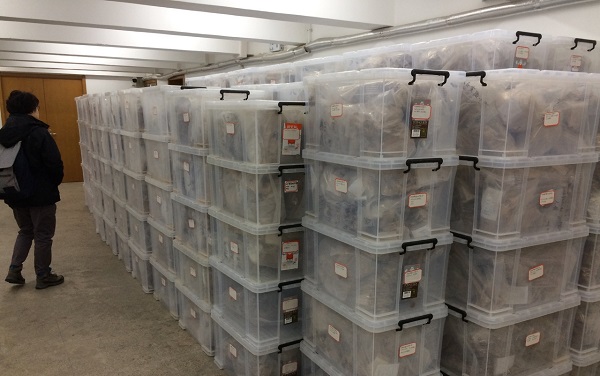
During my several days there, I had fun meeting faculty and students, delivering a zooarchaeology class and an afternoon seminar to the faculty and student body, sharing with them some of my recent research in archaeological science.
As always, my Chinese colleagues treated me extremely well, putting me up in a swanky hotel overlooking the west gate of the Ming Dynasty city wall – an amazing spectacle at night that’s full of people dancing, exercising and singing. I visited Xi’an over a decade ago and (like many other cities in China) it has changed beyond recognition since then, with new glass skyscrapers and neon vistas everywhere. The contrast between old and new is striking but seems to work.
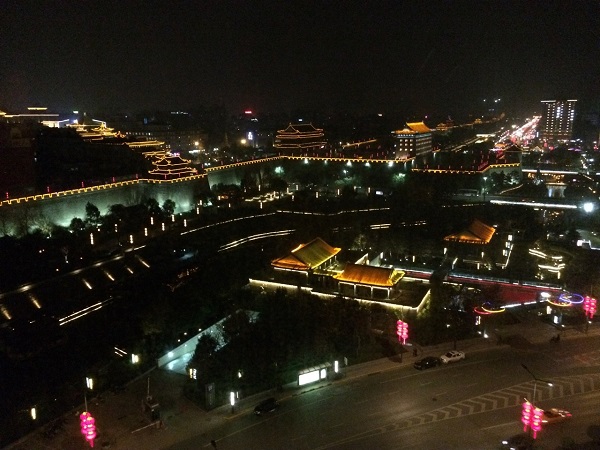
They also made sure to introduce me to a range of amazing local cuisine which is very different to that of Shanghai. Food in Shaanxi province has signature dishes using millet, mutton, dates, amazing yoghurt and (of course) chilly and garlic. It’s also famous for producing the best wheat noodles in China!
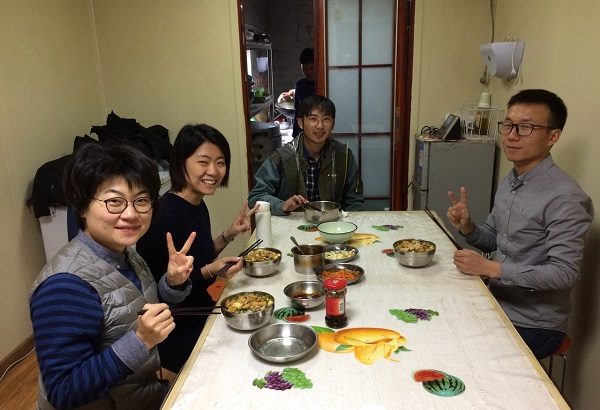
An hour’s drive from the city centre, is the Shaanxi Provincial Institute of Cultural Relics and Archaeology, where they have more laboratories, storage facilities for archaeological collections and even a mobile conservation lab.
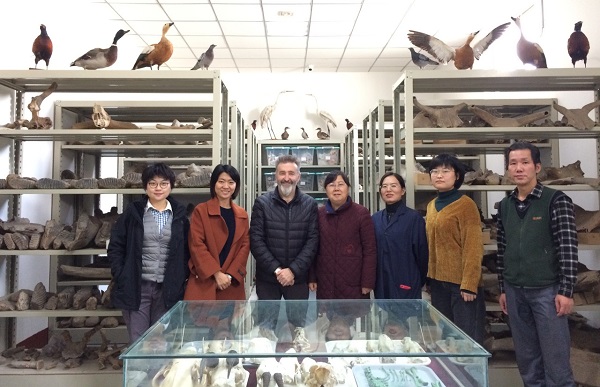

I was lucky to be taken to the purpose-built warehouse where an entire chariot burial (with horses) was housed after having been removed wholesale in an enormous crate from the site, so that it could be excavated in controlled conditions. Sadly I was asked not to take photos of the chariot itself, so you’ll just have to take my word for just how awesome it was.
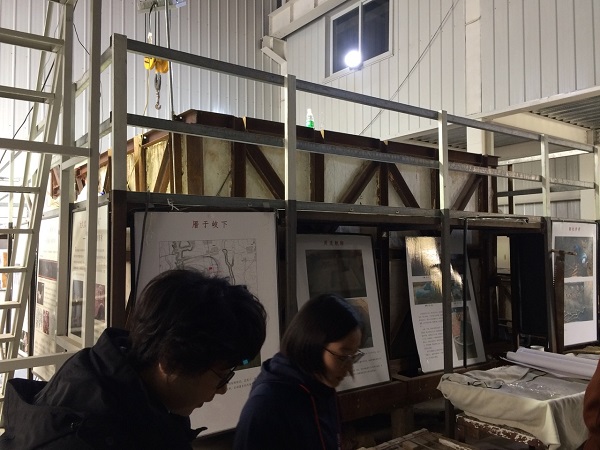
As if this all wasn’t amazing enough, the highlight of my week in Shaanxi was a trip to the mind-blowing site of Shimao. An hour’s flight north to the city of Yulin, close to the border with Inner Mongolia, was followed by a 2hr drive through the heavily industrialised loess plain of Northern Shaanxi up into the foothills on the southern edge of the Ordos desert. The site is an enormous late Neolithic (late Longhshan culture) stone-built urban settlement, surrounded by over 13kms of defensive walls, gates and watchtowers with (at its centre) a large palatial/royal residence and plaza. Excavations there are ongoing, with purpose built facilities and giant site protection buildings underpinning its importance in the regional and national psyche.
It is a truly remarkable and monumental site, the likes of which I’ve not seen anywhere before. Huge walls, with massive structural timbers still preserved within, elaborate carvings, caches of jade artefacts, ceramic eagles once adorning the tops of the walls, human sacrifices and foundation deposits, thousands of bone artefacts, over 2000 crates of animal bones and huge amounts of charcoal and plant remains – and only a small fraction of this huge site so far been revealed.
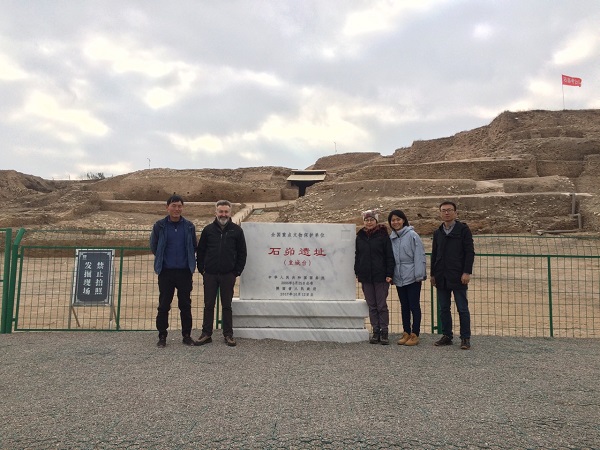
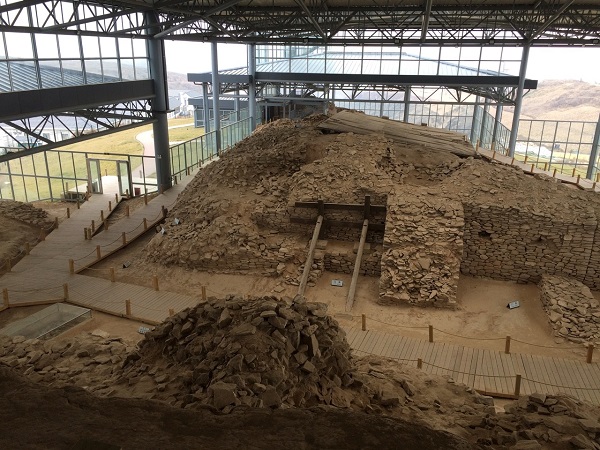
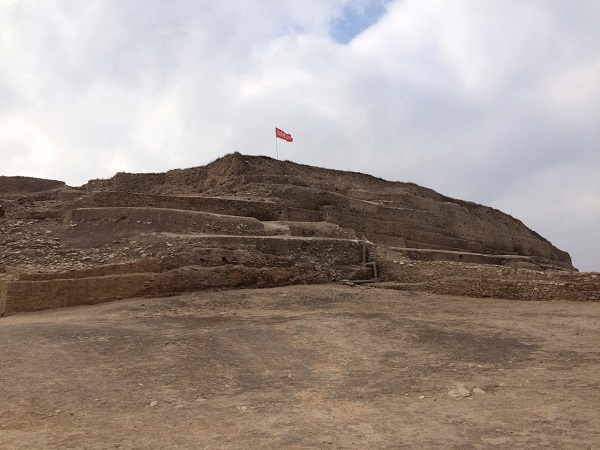
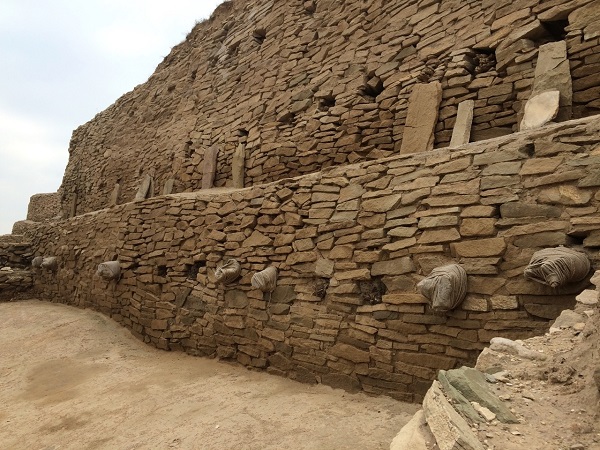
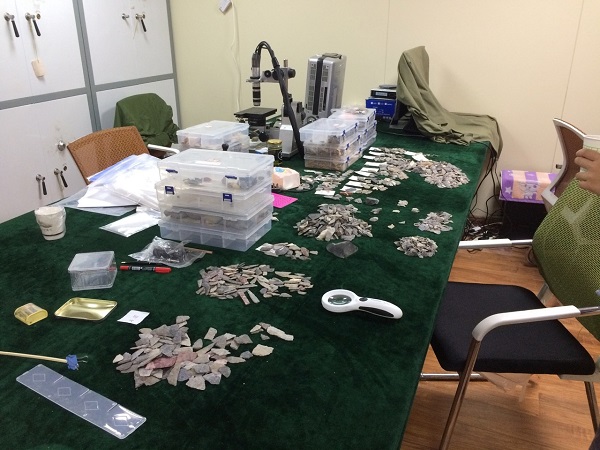
Down the hill from the plateau, is the old historic town that provides a different view of rural life in China both now and in the past. Harvested maize is piled in small-holders backyards and the famous home-made wheat noodles of the region are hung on drying frames outside, before being cut into smaller lengths.
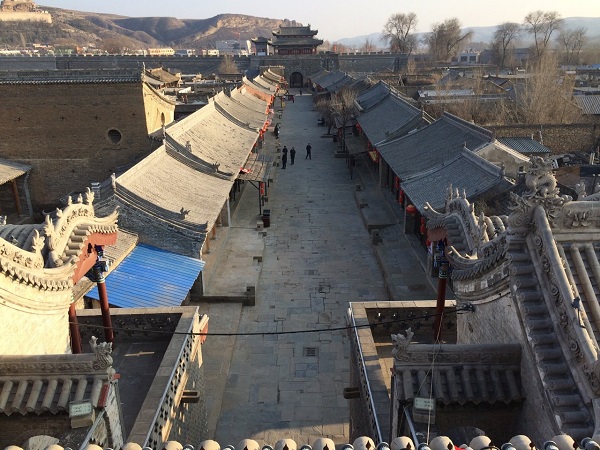
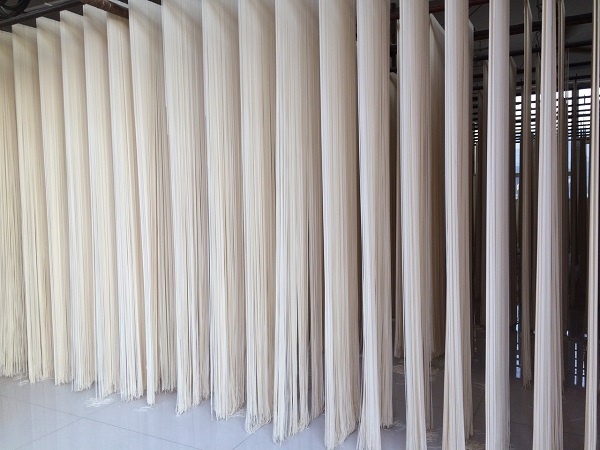
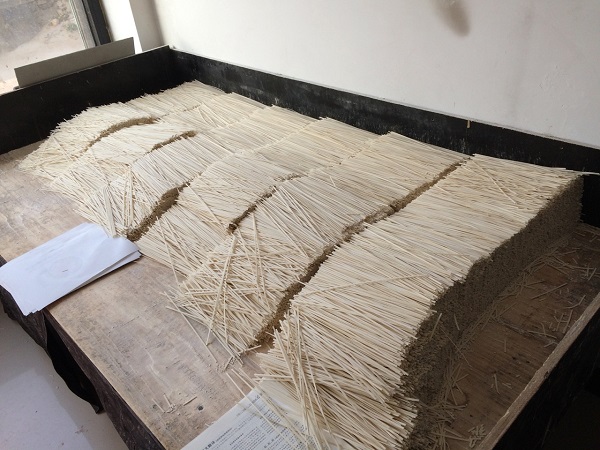
It’s been a truly amazing week made even more memorable by my brilliant Chinese colleagues.
Discover More
- Study in the Department of Archaeology, Classics and Egyptology at the University of Liverpool
- Read part one of Professor Keith Dobney's blog from his trip to China